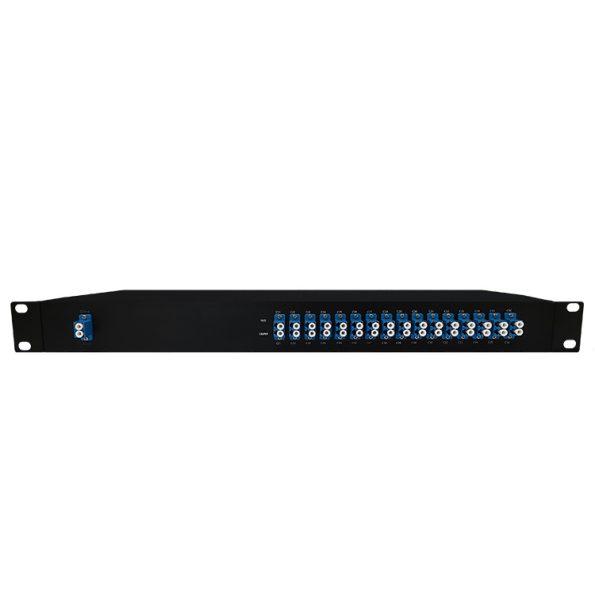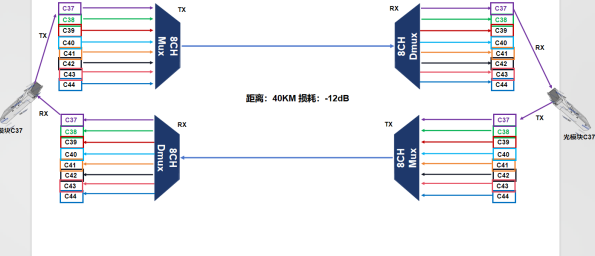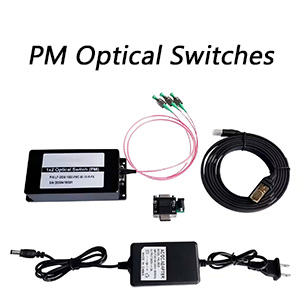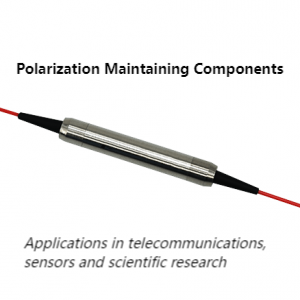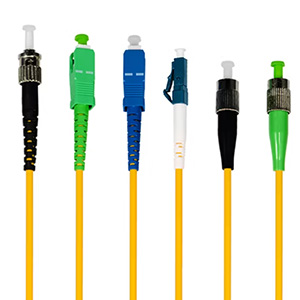In the quest for optimizing network investments, Wavelength Division Multiplexing (WDM) has emerged as a pivotal technology. Known for its ability to enhance the utility and performance of fiber optic cables, WDM has become a reliable method for increasing bandwidth while maintaining seamless connectivity.
Service providers are increasingly turning to WDM technologies due to their ease of use and the numerous benefits they offer over complex and costly infrastructures. As fiber optic tools advance, the adoption of WDM is on the rise.
Understanding Wavelength Division Multiplexing
WDM is a process that enables optical transport by creating multiple channels for data transmission across various streams simultaneously. This involves dividing dark fiber to facilitate the simultaneous transport of large amounts of data without disruptions.
To implement WDM, you need two sites for data traffic, which increases the requirement for two fiber strands to transmit and receive data. The concept is akin to creating multiple lanes on a freeway to ensure efficient traffic flow without interference.
The ease of use and reliability of WDM are key factors why organizations with sensitive networks opt for it over traditional counterparts. This includes government institutions, healthcare facilities, banks, retail stores, and charitable organizations.
How WDM Works
WDM operates by using different colors of light. More specifically, it employs fiber strands or networks to send data through various light colors, which can also be seen as wavelengths.
Each light color represents a unique wavelength of data. These light channels are transmitted simultaneously and then combined within a single fiber network.
WDM is cost-effective as it minimizes the need for multiple fibers for data transport, relying instead on a single strand for efficient service processing in a timely manner.
Conclusion
We are in an era of rapid digital growth, with the proliferation of mobile devices, carriers, and computer applications, and an increased need for efficient access to consumer data. This has also led to an increased demand for distance and bandwidth in networks that facilitate these services. Therefore, adopting WDM and similar solutions is an excellent strategy.
For all your WDM needs, including fiber optic connectors, adapters, attenuators, and more, reach out to FiberLife. Our online store is the ideal destination for purchasing DWDM modules and WDM solutions. Contact us today to learn more!

